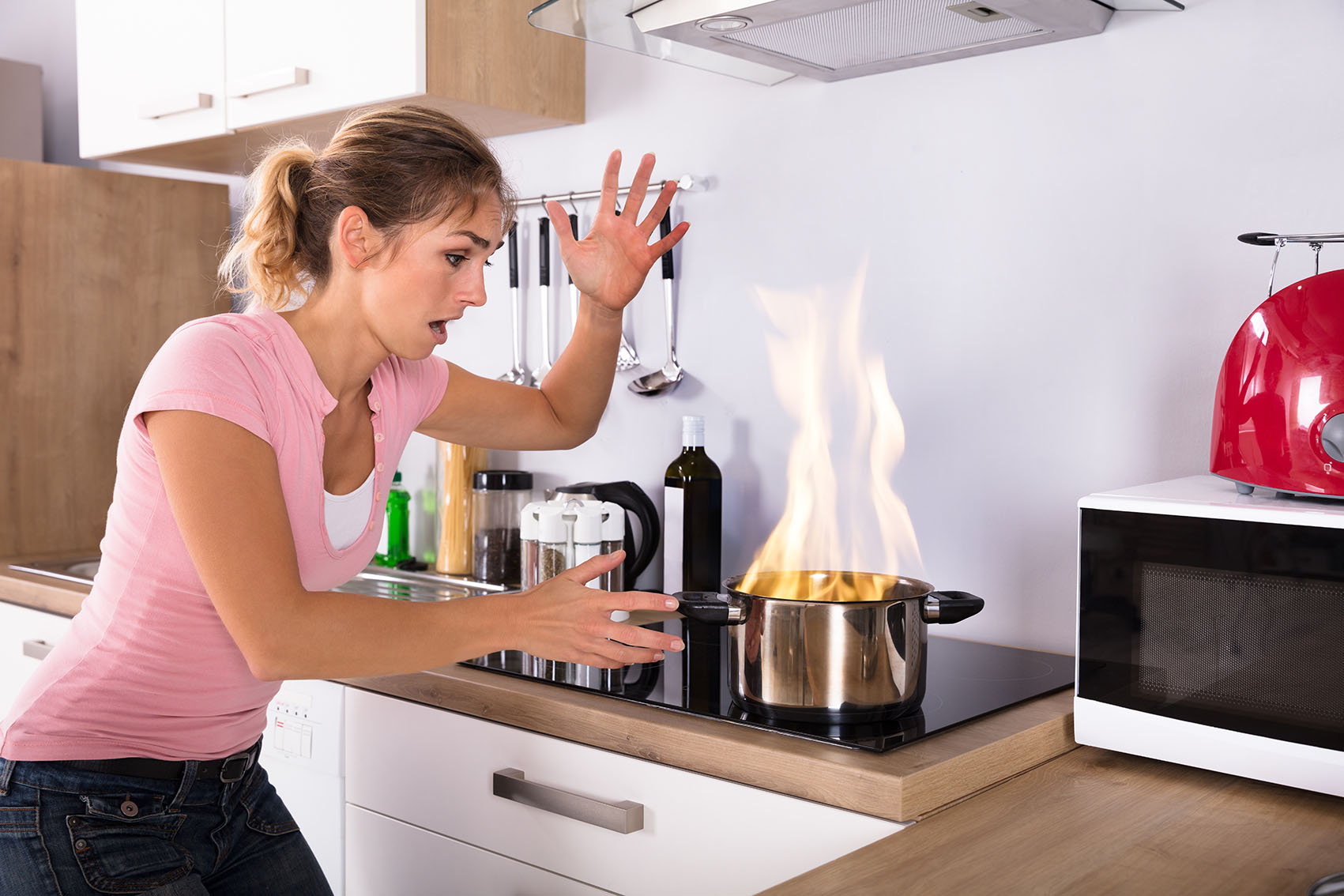
- Home fire safety training materials
- Home fire escape plan
- Preventable house fire fatalities
- Rate your home fire safety
- Smoke alarm servicing schedule
MFS in partnership with Australian fire services and the Australasian Fire and Emergency Services Authorities Council (AFAC) have worked with the Vocational Educational and Training (VET) sector to have home fire safety included into national qualifications for community care and health industry workers.
For the complete list of units of competency and the VET qualifications which include fire safety please visit the AFAC website.
Fire services have developed the Basic Home Fire Safety Training Materials for Registered Training Organisations which deliver the relevant qualifications in every state and territory.
Fire services also recommend the Basic Home Fire Safety Training Materials be used by:
- Community care providers as part of induction of new workers and skills maintenance of existing workers
- Individual providers of care including paid workers and family carers.
To download the training materials visit the AFAC website Basic Home Fire Safety Training Materials
Bring your household together to create a Home Fire Escape Plan so that everybody knows how to escape safely in the event of a house fire. If you have children, get them involved by drawing your house and planned escape routes.
Home Fire Escape Plan brochure
House fires cause more deaths each year on average than floods, storms and bushfires combined!*
The MFS has produced a Preventable House Fire Fatalities poster to assist the community in understanding the facts on house fires and house fire related fatalities.
Preventable House Fire Fatalities
* Source: Bushfire and Natural Hazards CRC – Preventable Residential Fire Fatalities in Australia July 2003 to June 2017.
Spending more time around the house? Take the opportunity to address your home fire safety.
Check that your smoke alarms are working by reading our Smoke alarm maintenance and testing information.
To prevent a cooking mishap, follow our cooking tips.
Ensure that your home security measures don’t prevent you from safely evacuating during a house fire by following our home security tips.
Are you a smoker? To prevent a fire, implement our smoking safety tips .
Working from home? Avoid electrical hazards.
Approximately 64 people die across Australia in preventable house fires every year.*
In every workplace, legislation exists to keep employees, clients and visitors safe. However, in your home, you are responsible for the fire safety of those you care most about.
We have prepared a quick to use checklist to compare your home with a legislation governed workplace.
If you’re unsure about whether you have sufficient fire safety awareness for your loved ones, call the MFS Community Engagement team during business hours to discuss the best options for your home.
Phone 8204 3611 or country callers 1300 737 637.
Email your enquiry to mfs.communitysafety@eso.sa.gov.au
Rate your home fires safety checklist
* Source: Bushfire and Natural Hazards CRC – Preventable Residential Fire Fatalities in Australia July 2003 to June 2017.
A working smoke alarm is the difference between life and death in a house fire. Testing, cleaning and maintaining smoke alarms is very easy.
The only tools you need are a;
- broom handle for monthly testing
- vacuum cleaner with a soft brush attachment for cleaning
- ladder to change batteries and check the age of the unit.
The use of aerosol "smoke" testing is not necessary and will deposit pollutants on the smoke alarm sensor which can reduce the service life of the smoke alarm. It is also not required as a testing method for domestic smoke alarms under the Australian Standard 3786 – the standard which domestic smoke alarms must satisfy.
The MFS has used AS 1851-2012 to develop a smoke alarm maintenance record to assist you in maintaining your smoke alarms.
Whilst the Standard sets the minimum requirements for smoke alarm maintenance, we recommend that you test your smoke alarms every month and clean your smoke alarms at least every six months.
Smoke Alarm Servicing Schedule.
For more detailed information on smoke alarms please see the following Home Fire and Life Safety Fact Sheets on our website:

